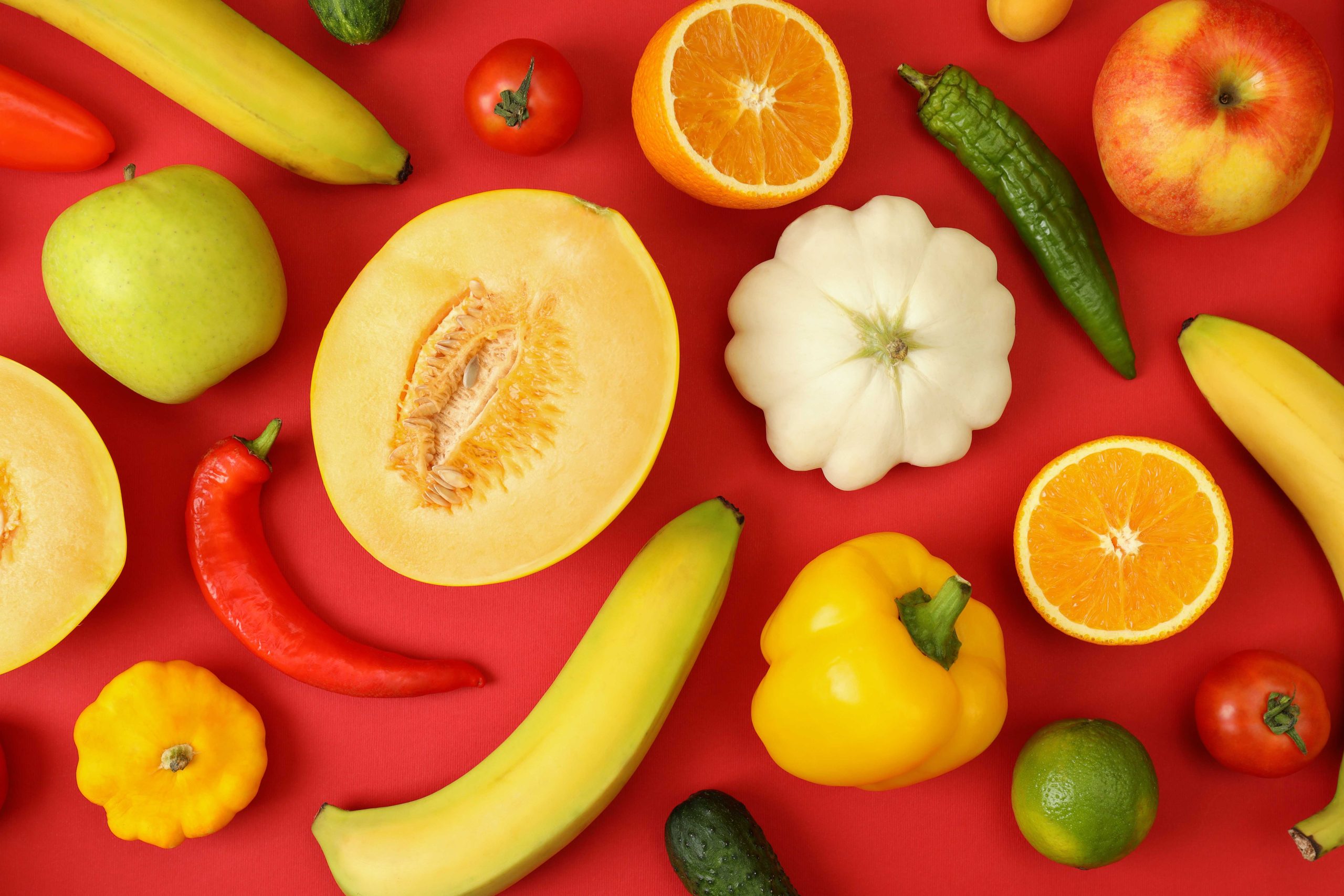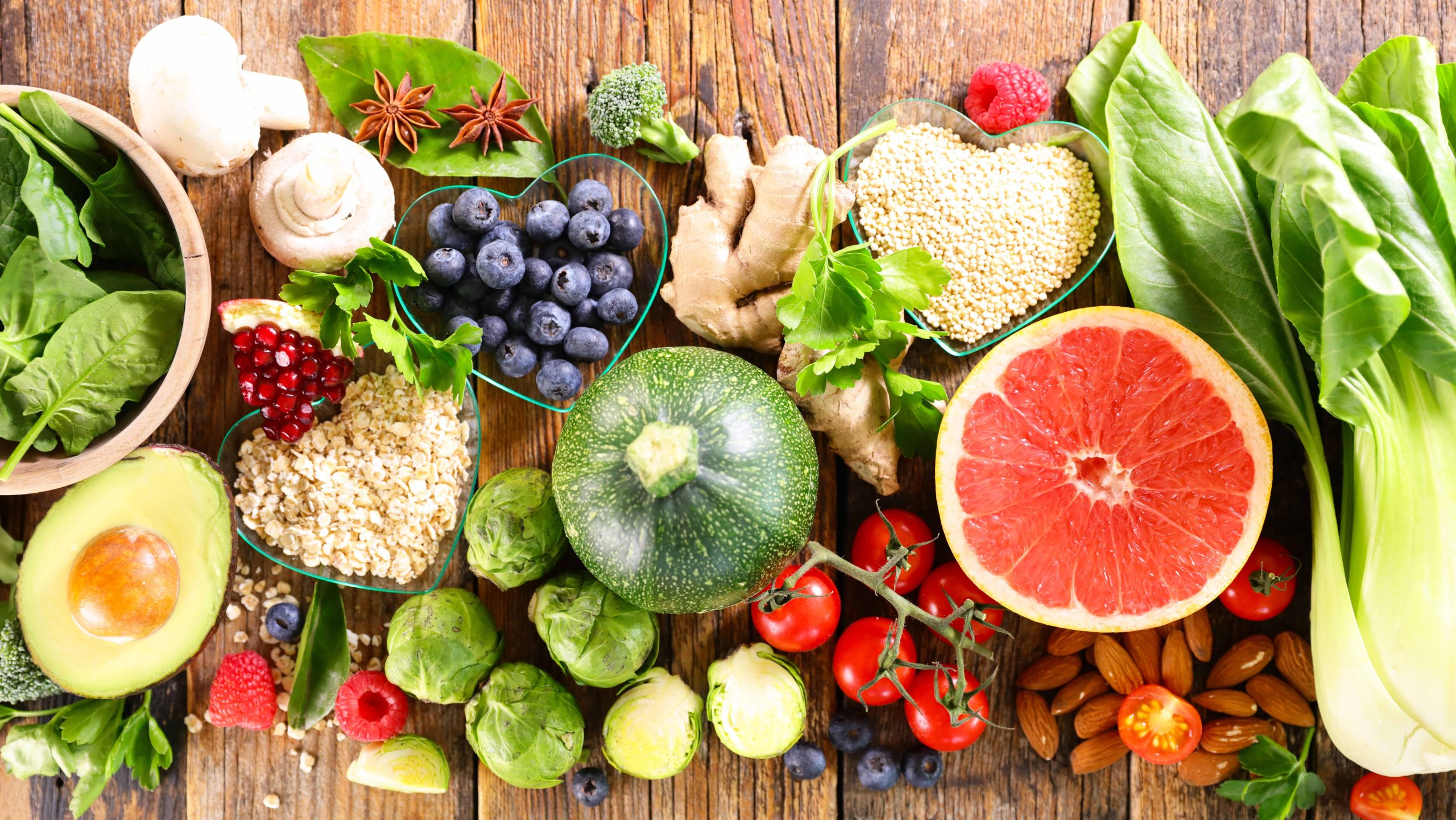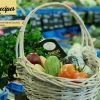No products in the cart.

Through our two stores in Larnaca and Nicosia, as well as our premium quality online food shop, Prinos Farm&Deli works hard to bring the best selection of fresh fruit and vegetables around. That’s because we understand the health benefits of these food types. Furthermore, as a business, we are committed to helping our clients eat well-balanced diets. And the best way to do that is to consume as many of the essential nutrients the body needs each day – as well as some that it doesn’t!
And on great way to do just that, is to eat a variety of different coloured fruit and vegetables on your plate. Because did you know that the colour of fruits and vegetables comes from the various different nutrients they contain? Let’s face it, it’s 2023, which means that eating colours for health isn’t anything new. You might have already heard the expression ‘eat a rainbow of colours’. But if you’ve ever wondered about the potential benefits of eating the rainbow, this blog is for you!
Why Eat Different Colours of Fruits and Vegetables?
Fruit and vegetables are some of the most naturally bright coloured foods that we consumer regularly. Undoubtedly you will have noticed that many fruit and vegetables fall into specific colour groups. For example tomatoes, beetroots, red onions, strawberries, cherries, certain apples and watermelon, are all red. While spinach, avocado, kale, broccoli, kiwi, cabbage and parsley are all green.
Well, these different colour groups actually indicate the health benefits of the food, by showing what nutrients it contains. Which in turn means that making sure you get a mixture of colours, is one way to follow a healthy and well-balanced diet. Yes you heard right, it’s the nutrients in the fruit and vegetables that give them their distinctive colours. So, colour groups actually indicate nutrient groups!
The particular nutrients we are referring to here are phytonutrients. These are the naturally occurring nutrients contained in the plant itself that allows it to grow strong and healthy. And these nutrients are then transferred to us when we consume these foods. Which in turn helps to protect us from diseases such as cancer and heart disease. The thing is each different coloured food group contains different types of these plant nutrients. These types include lycopene, beta-carotene, quercetin, proanthocyanidins and isothiocyanate. And each one provides a different type of health benefit for different parts of the body.
The key here is to make sure you get a good and well-balanced mix of different colours, to make sure you are getting a wide range of phytonutrients. But it can also be good to know which colour links to which health benefits. Have you ever asked the question: What colour food is the healthiest? Or what colour fruit and vegetables are the healthiest to eat? If so, read on and find out exactly what the different colours of fruits and vegetables mean.

The Colours of Fruit and Vegetables and What they Mean:
- Benefits of RED fruits and vegetables: Red and pink fruits and vegetables are packed full of a carotenoid called lycopene. They also contain Vitamins C and A, as well as potassium and other plant nutrients. Which means this colour group’s health benefits include fighting the free radicals which cause cell damage. They also have potent anti-inflammatory properties. Meaning they can help lower chronic inflammation and cholesterol levels, while reducing the risk of cancer and heart disease.
Red Veg: Tomato, Radish, beetroots, red onions
Red Fruit: Red apple, red grapes, strawberries, cherries, raspberries, watermelon, cactus pear, red/pink grapefruit, guava
- Benefits of ORANGE/YELLOW fruits and vegetables: Orange and yellow fruit and vegetables contain carotenoids, including beta cryptoxanthin, and alpha- and beta-carotene. They also contain Vitamin A and Vitamin C, flavonoids, lycopene, and potassium. This means these fruits and vegetables have potent antioxidant properties. The nutrients in these foods have a wealth of health benefits, including keeping the eyes, skin and bones healthy, preventing certain diseases including some cancers and heart disease. Boosting the immune system and collagen production. And lowering the blood pressure and cholesterol.
Orange/Yellow Veg: Carrot, pepper, pumpkin, sweet potato, squash
Orange/Yellow Fruit: Apricot, mango, orange, peach, papaya, pineapple, nectarine, melon, grapefruit, persimmons
- Benefits of GREEN fruits and vegetables: Green fruit and veg contain phytonutrients such as chlorophyll and lutein, that provide a range of powerful health benefits. This is why many leafy green vegetables – think kale and spinach – are known as superfoods. Other nutrients found in green fruit and veg include iron, Vitamins A, B, C, E and K, potassium, fibre and calcium. All of these nutrients make green fruit and veg particularly good for the heart. They also help to lower the blood pressure and help prevent heart disease. These particular phytonutrients also have anti-cancer properties, which inhibit the carcinogens in the body helping to prevent cancer.
Green Veg: Green beans, broccoli, cabbage, sprouts, spinach, peas, avocado, leafy greens (spinach, kale, lettuce, swiss chard), cucumber, asparagus, bok choy,
Green Fruit: Green apple, avocado, green grapes, kiwi, lime
- Benefits of PURPLE/BLUE fruits and vegetables: Purple and blue fruit and veg get are packed full anthocyanins and Vitamin C. These powerful antioxidants not only help to reduce the risks of cancer, stroke and heart disease. They also delay cellular aging and fight free radicals – meaning they are not only great for youthful looking hair, skin and nails, but they also help with brain function, memory and reducing cognitive decline. Finally, the nutrients in these fruit and veg also promote heart health by stopping blood clots from forming.
Purple/Blue Veg: Beetroot, red cabbage, aubergine
Purple/Blue Fruit: Blueberries, blackberries, plums, grapes, passionfruit, figs, prunes
- Benefits of WHITE/BROWN fruits and vegetables: White fruit and vegetables contain antioxidant flavonoids like quercetin and kaempferol which have antiviral and antibacterial properties. They are also good sources of Vitamin B, C, E and K, fibre, potassium, magnesium, calcium and other minerals. Potatoes are particularly high in potassium which The onion and garlic family contains allicin, which is an antioxidant compound with potent anticancer and anti-tumour properties. It can also help protect the brain against neurodegenerative diseases as well as nerve damage. These foods are also good to maintain healthy bones and support the circulatory system and arteries.
White/Brown Veg: Cauliflower, garlic, onion, leek, ginger, chives, mushrooms, corn, parsnips, potatoes
White/Brown Fruit: Banana, pear, jackfruit

How to Eat the Rainbow
So now the only question is how many of these foods do we need to eat each day? You’ve probably heard the expression ‘get your five-a-day’. Well another Recommended Daily Amount (RDA) is around 4 ½ cups of differently coloured fruit and vegetables a day to really pack a powerful punch. But before you rush to Prinos Farm&Deli to stock up on all that delicious fruit and veg, lets look at some ways that RDA can easily be achieved.
There are so many solutions to the question: How to eat more fruit and vegetables? Start the morning well by incorporating chopped fruit in cereal or smoothies filled with fruit and even greens. Snack on apples or fruit during the day. Make sure your shopping trolley has a mix of colours when you shop. And another great way of getting more fruit and veg into your diet is by buying frozen food. Frozen food is actually great because it maintains almost all of the nutrients of the food when it was picked fresh. They’re always in your freezer and keep for long periods, making them a convenient additional splash of colour to any meal.
And of course, Prinos Farm&Deli are always here for you with the best selection of the freshest fruit and vegetables. So come and visit us in-store in Nicosia and Larnaca, or head to our e-shop and make an order to get your fresh produce delivered right to your door.












 Home
Home  Whishlist
Whishlist